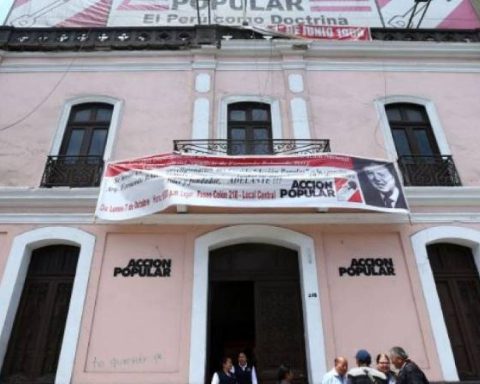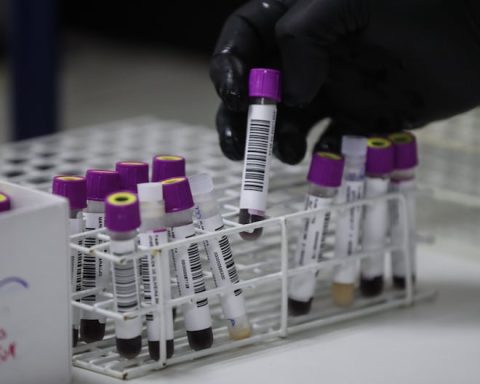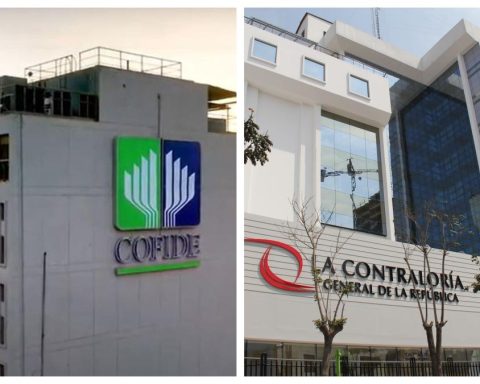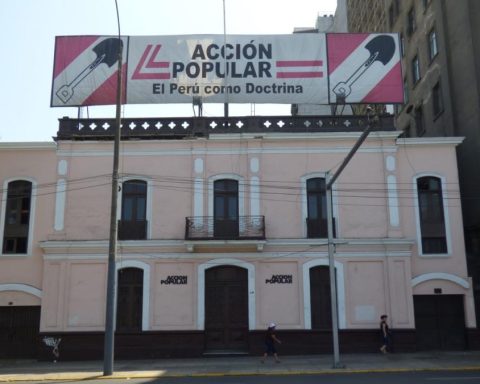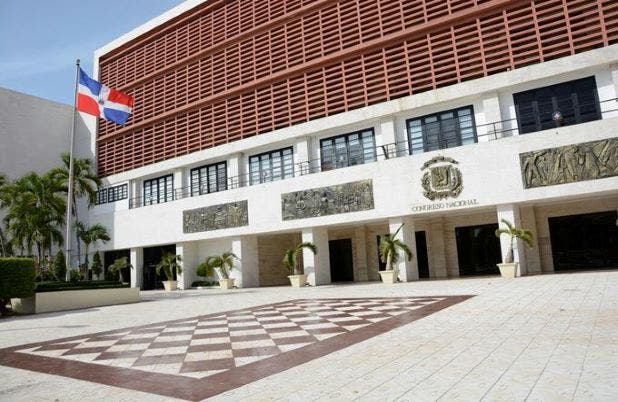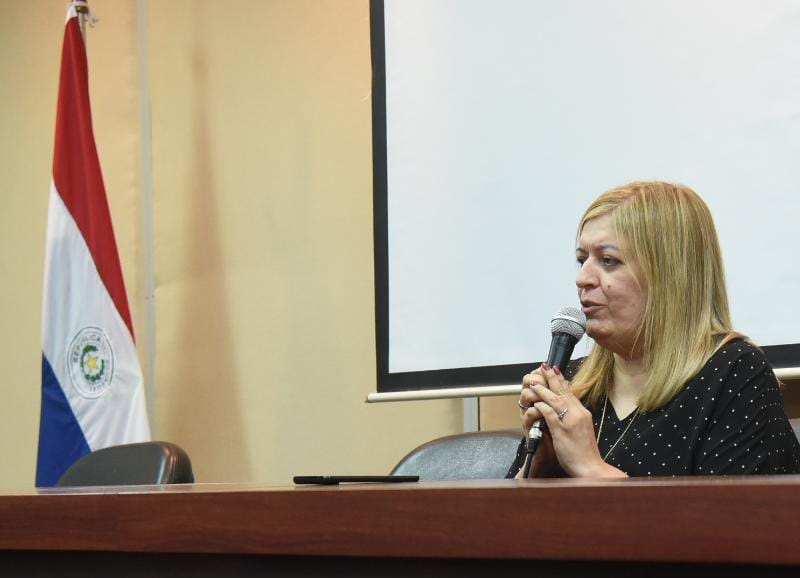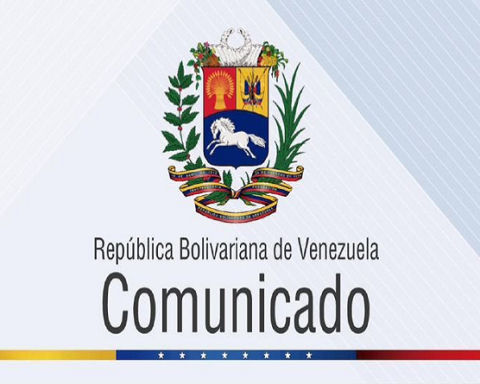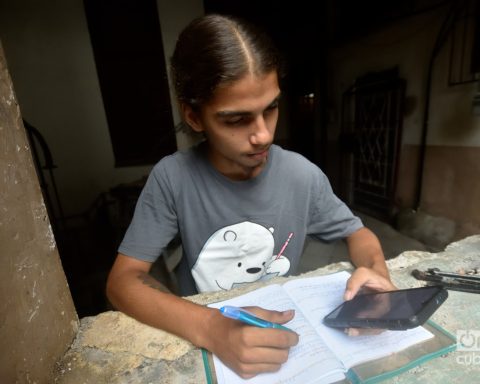After two years of mobility restrictions due to the pandemic, where teleworking and virtual classes were the norm, the use of the domestic internet became a priority need for Peruvian households. It is because of that kantar Worldpanel Division developed a study on the current penetration of this service, as well as the demand by operators and products.
Among the main findings we have that three out of 10 households do not have domestic Internet, while 35% contract with Movistar, 14% with Claro, 3% with Entel, and 18% with other operators. Similarly, Movistar leads by far in NSE A/B households, with a 64% penetration, and in NSE C with 35% of the market. However, 5 out of 10 NSE D/E households still do not have home internet services.
“Regarding the most demanded products, Movistar’s Internet Home services of 50 mbps (11%), 30 mbps (11%) and 100 mbps (9%), lead the list; followed by Claro Hogar of 50 mbps (7%) and 100 mbps (6%). It is also worth mentioning the 4% share of Win products, which only offers home fiber optic internet”, says Francisco Luna, General Manager of Kantar Worldpanel Division.
LOOK: Five out of 10 Peruvian households only have a cell phone plan, according to Kantar
When analyzing the penetration of brands by region, Movistar has a greater presence in the East, with 46%, and Lima, with 38%. In the South, the Spanish company maintains a 28% penetration, but Claro disputes its leadership with 27% of households. It is important to emphasize that 44% of households in the North region do not have domestic internet service. The same happens with 43% of households in the East and 38% in the Center, according to the Kantar study.
“In regions such as the North, East and Center of the country, the implementation of infrastructure that allows the use and massification of the domestic internet service is still demanded. This represents an opportunity for the great competitors of the Peruvian market”, Moon concludes.
RECOMMENDED VIDEO
:quality(75)/cdn.jwplayer.com/v2/media/UYPiSPjt/poster.jpg)


